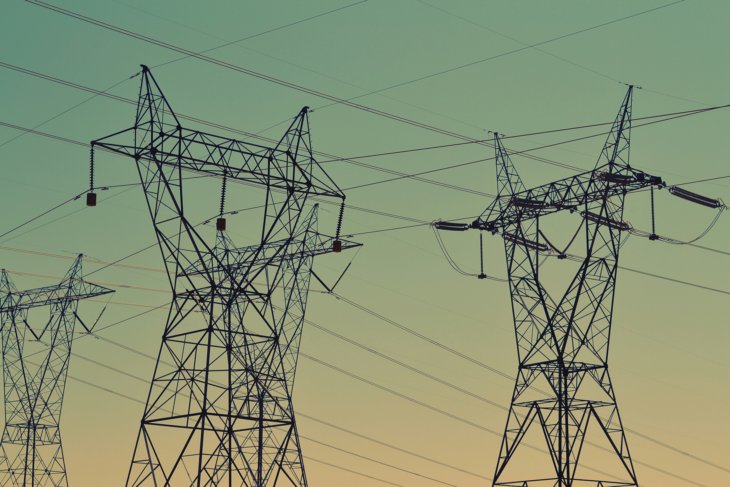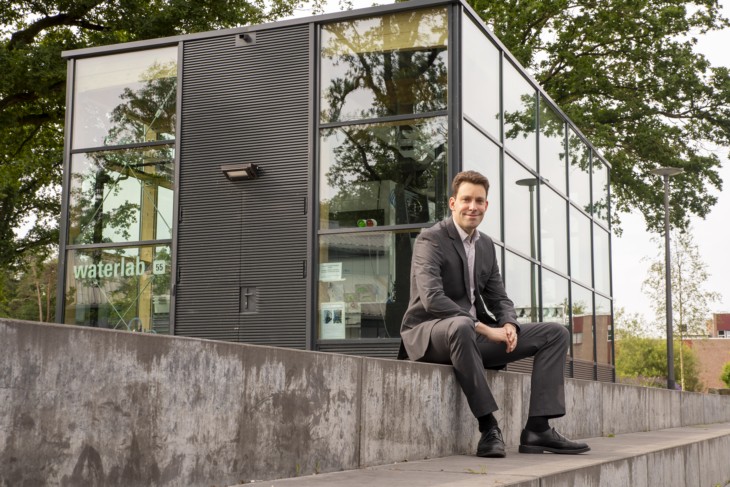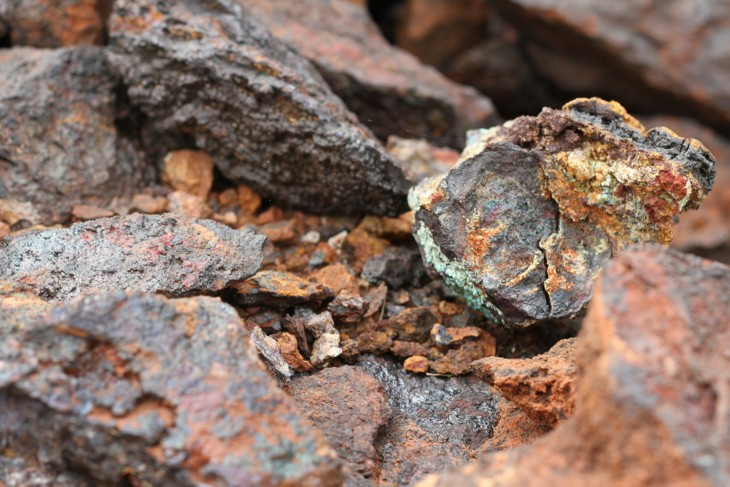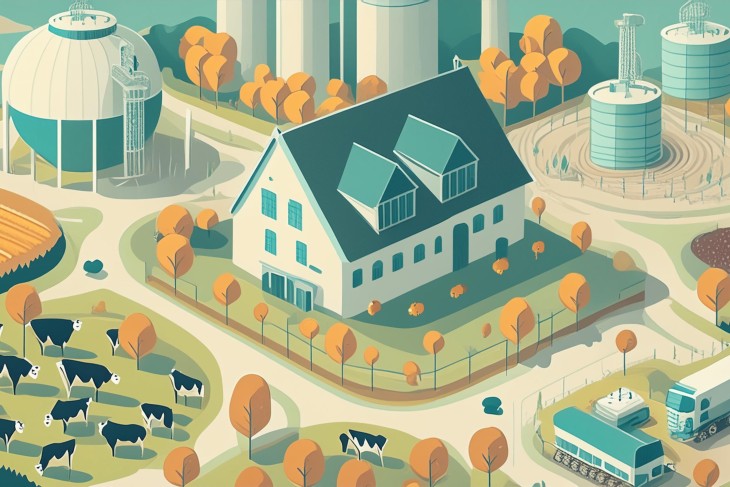When batteries fall short
“The shift to electric vehicles and machinery is increasing demand on the grid, presenting new challenges requiring upgrades to ensure stability,” says Dr Yashar Hajimolana, Assistant Professor in Energy Systems Integration at the University of Twente. He has been researching innovative energy systems for nearly two decades. “Imagine a neighbourhood where every household has an electric car that needs charging overnight—this could put enormous pressure on the grid. Similarly, a factory with heavy machinery might only be able to charge a few machines at a time, leaving some equipment unusable by morning.”
The erratic electricity supply from solar panels or wind turbines adds to this challenge. On sunny days, solar panels can generate more electricity than the grid can handle, leading to potential overloads or wasted energy if storage systems aren’t sufficient. In winter, when there’s less sunlight, or on calm days when there’s little wind, the grid may struggle to meet demand, potentially causing shortages or requiring backup from less sustainable sources like fossil fuels.
Batteries can help by storing and releasing excess energy when production is low, but their full environmental impact must be considered. “The process of mining rare materials, manufacturing batteries, and transporting them globally generates significant CO2 emissions,” Hajimolana explains. “Plus, the lifespan of batteries is limited. Batteries often need to be replaced after just 5 to 10 years, and disposing of old batteries presents additional environmental concerns.”
Hydrogen's role
Like a battery, hydrogen can store energy. But unlike batteries, which depend on being charged from the grid, hydrogen offers more flexibility and is scalable for large-scale storage. When sunlight is scarce or the wind isn’t blowing, hydrogen-powered fuel cells can convert stored hydrogen into electricity, producing zero emissions.
“Green hydrogen is produced through electrolysis, which splits water using electricity. This electricity comes from renewable sources like solar and wind, especially during times of excess generation,” he explains. “Instead of overloading the grid, this energy can be stored as chemical energy, such as hydrogen. Later, when the grid is under strain, the stored hydrogen can be converted back into electricity via fuel cells or burned in hydrogen combustion engines, thereby providing heat and power without adding pressure to the grid.”
Hydrogen is also versatile in its applications. “Hydrogen can power cars, industrial machinery, and more through fuel cells, which convert hydrogen into electricity with water as the only byproduct. This greatly reduces dependency on the grid, especially when renewable energy production is low,” Hajimolana says.
Rethinking the future of hydrogen
“Switching to green hydrogen is an excellent goal because it’s a clean and sustainable energy source that can power everything from cars to industrial machinery. However production capacity is currently limited, as electrolysers are expensive and not widely produced. Besides, regulatory hurdles like water usage permits, environmental regulations, infrastructure development, and energy sources regulations slow the deployment of green hydrogen technology. Blue hydrogen is a quicker alternative,” he says.
One of Hajimolana’s research projects focuses on combining blue and green hydrogen to achieve a more affordable hydrogen supply. “We can take advantage of the different strengths and applications of each type of hydrogen. Blue hydrogen is derived from natural gas or biomass, with the CO2 captured and stored. It’s less harmful than fossil fuels but not as clean as green hydrogen. Still, blue hydrogen is suitable for many industrial processes and combustion engines that don’t require ultra-pure hydrogen.”
Hajimolana hopes to raise awareness among municipalities and stakeholders about the benefits of both green and blue hydrogen through his research. “By reducing costs and simplifying permitting processes, we can encourage more investment in hydrogen technology, leading to better infrastructure like hydrogen fueling stations and pipelines, which are currently underdeveloped. Additionally, producing hydrogen locally would further enhance its viability and reduce transportation challenges,” he concludes.



